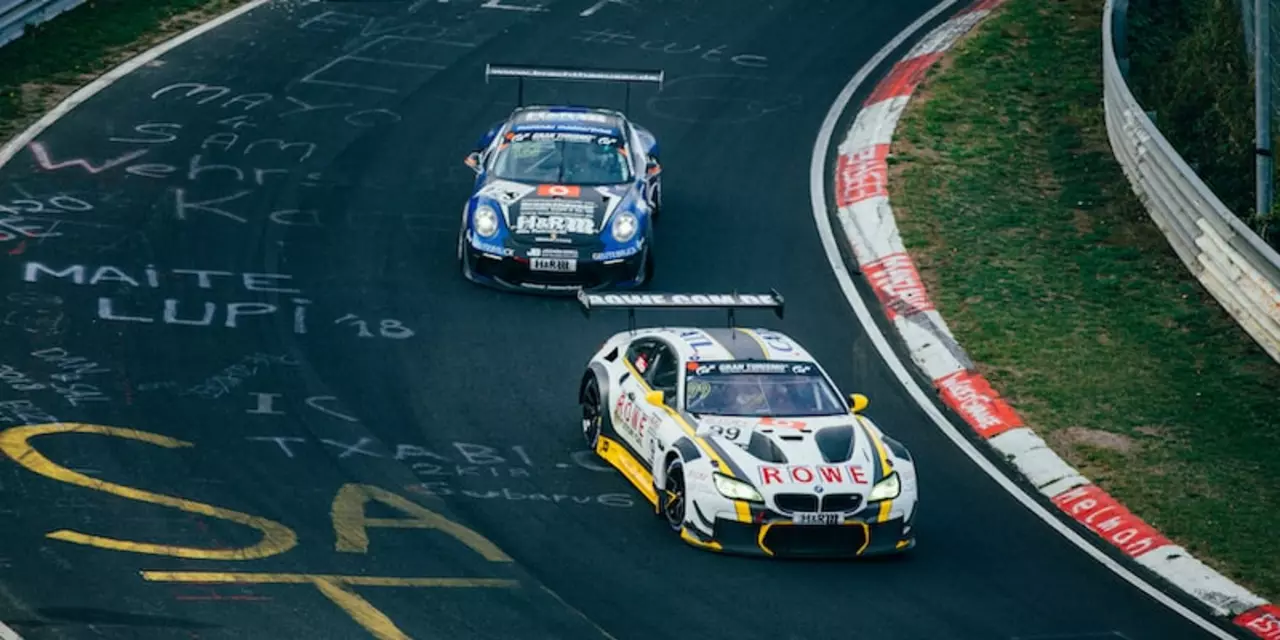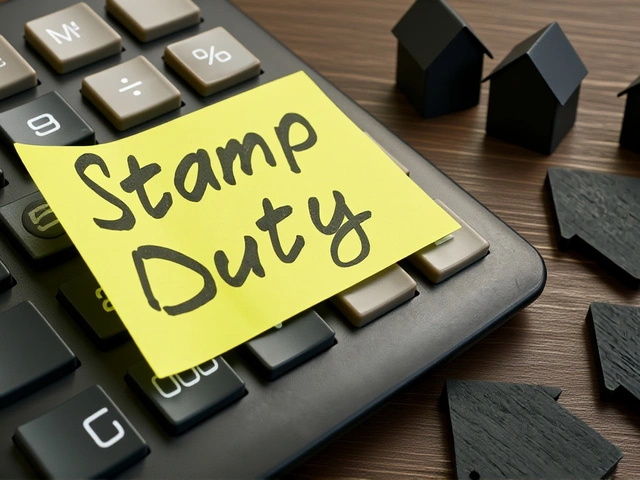Homologation – What It Is and Why It Matters in Motorsports
Ever wonder why a bike looks a bit different on the track than on the showroom floor? That’s because it has to pass homologation. In plain terms, homologation is the official approval a vehicle needs before it can compete in a race series. Governing bodies like the FIA for cars or the FIM for motorcycles check that the machine meets the rules, safety standards, and technical specs set for that series.
Without homologation, a bike or car can’t line up at the start line. The process keeps competition fair and protects riders and drivers from unsafe equipment. It also lets fans know that every machine on the grid follows the same rulebook.
The Homologation Process in a Nutshell
First, the manufacturer gathers all the required documents – things like design drawings, part lists, and test data. Next, they submit an application to the relevant authority. The authority then reviews the paperwork and may ask for a physical inspection of the bike or car. During inspection, they check dimensions, weight, engine capacity, and safety features such as roll cages or crash helmets.
If everything lines up with the rulebook, the vehicle gets a homologation certificate. That certificate is usually valid for a season or a set number of units. If a team wants to make a change – say, a new exhaust or a lighter frame – they have to go through the process again.
Tips for Getting Your Machine Approved Quickly
1. Know the Rules Inside Out – Before you start building, read the latest technical regulations. Rules change every year, and missing a tiny detail can delay approval.
2. Keep Detailed Records – Every bolt, every part number, and every test result should be logged. When the authority asks for proof, you’ll have it ready.
3. Work With Experienced Homologators – Some companies specialize in navigating the paperwork. Their experience can shave weeks off the timeline.
4. Plan for Inspections – Schedule the physical check early in the season. Waiting until the last minute often means rushed fixes and extra cost.
5. Stay Flexible – If a component is ruled out, have a backup ready. Teams that can swap parts without redesigning the whole bike stay ahead.
Most fans only see the finished product on TV, but behind the scenes, homologation is the gatekeeper that makes sure every bike and car is safe, legal, and ready to race. Understanding it gives you a deeper appreciation of the sport and the hard work that goes into each lap.
So next time you watch a race, remember the stamp of approval that got those machines to the track. It’s more than paperwork – it’s the backbone of fair, exciting motorsport.





